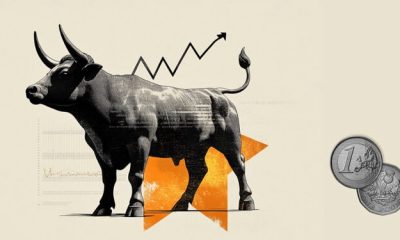

others
Gold price in Pakistan: Rates on April 15 – Crypto News
Gold prices rose in Pakistan on Monday, according to data compiled by FXStreet.
The price for 24-carat Gold stood at 20,995.82 Pakistani Rupees (PKR) per gram, up PKR 46.56 compared with the PKR 20,949.26 it cost on Friday.
The price for 24-carat Gold increased to PKR 244,891.14 per tola from PKR 244,348.09 per tola.
| Unit measure | Gold Price in PKR |
|---|---|
| 1 Gram | 20,995.82 |
| 10 Grams | 209,958.21 |
| Tola | 244,891.14 |
| Troy Ounce | 653,043.53 |
FXStreet calculates Gold prices in Pakistan by adapting international prices (XAU/USD) to the local currency and measurement units. Prices are updated daily based on the market rates taken at the time of publication. Prices are just for reference and local rates could diverge slightly.
Global Market Movers: Gold price fails to preserve intraday gains amid hawkish Fed expectations
- Iran’s unprecedented direct attack on Israeli territory raised the threat of a wider regional conflict in the Middle East, which, in turn, assists the safe-haven Gold price to regain some positive traction on Monday.
- Israeli officials are in favor of retaliation, though the US clarified that it will not take part in any offensive action against Iran, limiting any immediate market reaction and capping further gains for the XAU/USD.
- Investors pushed back their expectations for the first interest rate cut by the Federal Reserve to September from June following the release of hotter-than-expected US consumer inflation figures last week.
- Moreover, traders are now pricing in the possibility of less than two rate cuts in 2024 as compared to the three projected by the Fed, allowing the US Dollar to stand tall near its highest level since early November.
- The Fed’s hawkish outlook, along with the bullish USD, might hold back bulls from placing aggressive bets around the precious metal ahead of the US data – Retail Sales and the Empire State Manufacturing Index.
(An automation tool was used in creating this post.)
Gold FAQs
Gold has played a key role in human’s history as it has been widely used as a store of value and medium of exchange. Currently, apart from its shine and usage for jewelry, the precious metal is widely seen as a safe-haven asset, meaning that it is considered a good investment during turbulent times. Gold is also widely seen as a hedge against inflation and against depreciating currencies as it doesn’t rely on any specific issuer or government.
Central banks are the biggest Gold holders. In their aim to support their currencies in turbulent times, central banks tend to diversify their reserves and buy Gold to improve the perceived strength of the economy and the currency. High Gold reserves can be a source of trust for a country’s solvency. Central banks added 1,136 tonnes of Gold worth around $70 billion to their reserves in 2022, according to data from the World Gold Council. This is the highest yearly purchase since records began. Central banks from emerging economies such as China, India and Turkey are quickly increasing their Gold reserves.
Gold has an inverse correlation with the US Dollar and US Treasuries, which are both major reserve and safe-haven assets. When the Dollar depreciates, Gold tends to rise, enabling investors and central banks to diversify their assets in turbulent times. Gold is also inversely correlated with risk assets. A rally in the stock market tends to weaken Gold price, while sell-offs in riskier markets tend to favor the precious metal.
The price can move due to a wide range of factors. Geopolitical instability or fears of a deep recession can quickly make Gold price escalate due to its safe-haven status. As a yield-less asset, Gold tends to rise with lower interest rates, while higher cost of money usually weighs down on the yellow metal. Still, most moves depend on how the US Dollar (USD) behaves as the asset is priced in dollars (XAU/USD). A strong Dollar tends to keep the price of Gold controlled, whereas a weaker Dollar is likely to push Gold prices up.
-

 Blockchain1 week ago
Blockchain1 week agoOn-Chain Tokenization for Payments Professionals – Crypto News
-

 others1 week ago
others1 week agoBillionaire Barry Silbert Says This Is the Next Big Investment Theme for Crypto Assets – Crypto News
-

 Technology7 days ago
Technology7 days agoHashKey, Bosera partner to launch world’s first tokenized money market ETFs – Crypto News
-
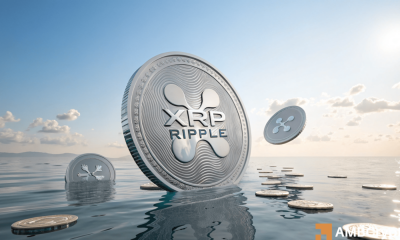
 Cryptocurrency1 week ago
Cryptocurrency1 week agoXRP bulls eye $2.60 – One move can trigger a major squeeze – Crypto News
-

 Cryptocurrency1 week ago
Cryptocurrency1 week agoBybit CEO: Two-Thirds of Funds From $1.4B Lazarus Group Hack Still Traceable – Crypto News
-
Technology1 week ago
Peter Schiff Predicts Gold Will Soar As Fed Cuts Rates, Will Bitcoin Price Follow? – Crypto News
-

 others1 week ago
others1 week agoGBP/USD retreats from YTD high past 1.34 on Fed turmoil – Crypto News
-

 Technology1 week ago
Technology1 week agoAWS, Microsoft Slow Down Data Center Deployments – Crypto News
-
others1 week ago
Cantor Partners With Tether, SoftBank, Bitfinex For $3 Billion Bitcoin Bet – Crypto News
-
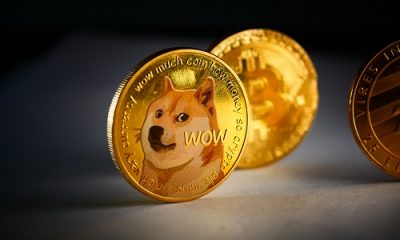
 Cryptocurrency7 days ago
Cryptocurrency7 days agoDogecoin ETF? 21Shares files as crypto market sees 12% rally – Crypto News
-

 Cryptocurrency1 week ago
Cryptocurrency1 week agoCardano Price Safeguards $0.600 Support, Upside Momentum Weakens – Crypto News
-
Business1 week ago
Expert Says Solana Price To $2,000 Is Within Reach, Here’s How – Crypto News
-
Technology1 week ago
European Central Bank Claims Trump’s Crypto Push to Impact Europe Economy – Crypto News
-
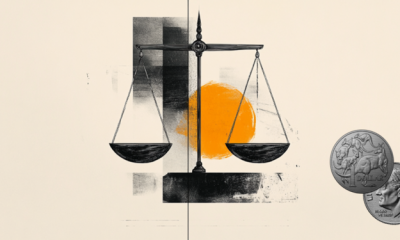
 others1 week ago
others1 week agoAustralian Dollar receives support as private sector activity expands in April – Crypto News
-
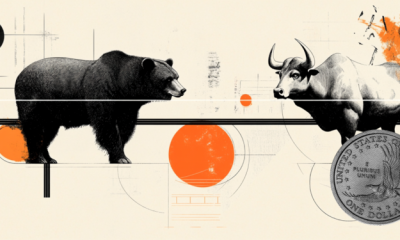
 others7 days ago
others7 days agoTests 99.00 support after pulling back from nine-day EMA – Crypto News
-
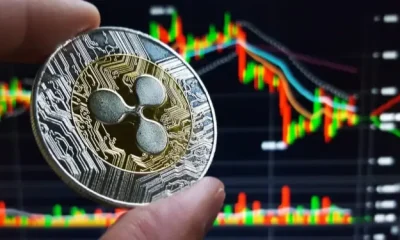
 Cryptocurrency7 days ago
Cryptocurrency7 days agoXRP climbs on risk appetite as Trump Fed stance lift crypto rally – Crypto News
-
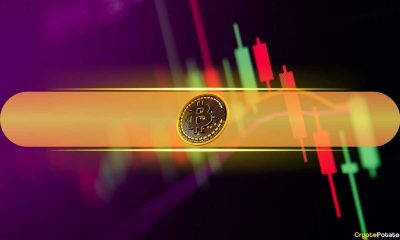
 Cryptocurrency1 week ago
Cryptocurrency1 week agoFARTCOIN Returns to Top 100 Alts After 10% Surge, BTC Stays Calm at $85K (Weekend Watch) – Crypto News
-

 Cryptocurrency1 week ago
Cryptocurrency1 week agoEvening Workouts Could Be Disrupting Your Sleep, New Study Finds – Crypto News
-
Technology1 week ago
What Next For Crypto Market As Trump Signals Potential End To US-China Trade War? – Crypto News
-
Cryptocurrency1 week ago
Elizabeth Warren Warns Stock Market Will Crash If Trump Fires Powell, Will Crypto Market Crash Too? – Crypto News
-
Business1 week ago
XRP, Bitcoin, Ethereum Price Prediction: $100M Shorts Wiped as Crypto Market Bounces 2.89% – Crypto News
-
Cryptocurrency1 week ago
Cathie Wood’s Ark Invest Gains First Exposure to Solana With 3iQ ETF Bet – Crypto News
-
others1 week ago
MSTR Stock Price Surge on $556M Bitcoin Purchase, But Analysts Warn of Crash, Here’s Why – Crypto News
-
Business1 week ago
Quickswap Founder Shares What it Takes to Build a Successful DEX – Crypto News
-

 Cryptocurrency1 week ago
Cryptocurrency1 week agoAnalyst holds $5 target for Pi Network ahead of major token release – Crypto News
-

 Metaverse7 days ago
Metaverse7 days agoBuilding trust in Agentic AI and the future of enterprise solutions – Crypto News
-

 Technology7 days ago
Technology7 days agoALOGIC Echelon wireless keyboard and mouse review: Quiet, capable, and convenient – Crypto News
-

 Cryptocurrency7 days ago
Cryptocurrency7 days agoGalaxy Digital secures FCA approval to offer derivatives trading in the UK – Crypto News
-

 Blockchain7 days ago
Blockchain7 days agoXRP Targets $33 To $50 By September 2027, Research Firm Says – Crypto News
-

 Blockchain6 days ago
Blockchain6 days agoStrike’s Mallers to head firm seeking superior Bitcoin play to MSTR – Crypto News
-
Technology6 days ago
Metaplanet Acquires 145 Bitcoin, Bringing Total Holdings To 5,000 BTC – Crypto News
-

 Cryptocurrency1 week ago
Cryptocurrency1 week agoXRP bulls eye $2.60 – One move can trigger a major squeeze – Crypto News
-

 Technology1 week ago
Technology1 week agoUK’s Lomond school pioneers Bitcoin payment for tuition The Block – Crypto News
-
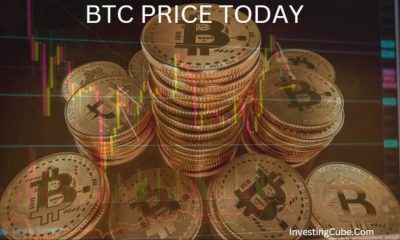
 Cryptocurrency1 week ago
Cryptocurrency1 week agoTrump Tariffs Spark Panic Selling – Crypto News
-

 De-fi1 week ago
De-fi1 week agoDive Into Lending, Borrowing, and Real World Assets with Maple Finance: Sid Powell – Crypto News
-
Business1 week ago
Paul Atkins Officially Sworn In As SEC Chair, Here’s What To Expect – Crypto News
-
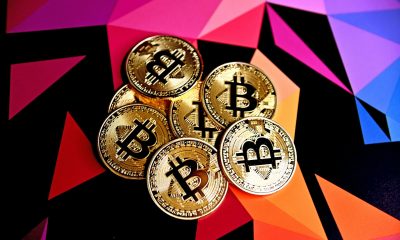
 Blockchain1 week ago
Blockchain1 week agoBitcoin Rally Ahead? Analysts Say These Key Indicators Look Bullish – Crypto News
-
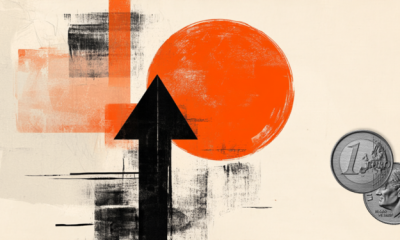
 others1 week ago
others1 week agoRises to near 1.1550, four-year highs – Crypto News
-
Business1 week ago
Is Galaxy Digital Selling Ethereum And Buying Solana On Binance? – Crypto News
-
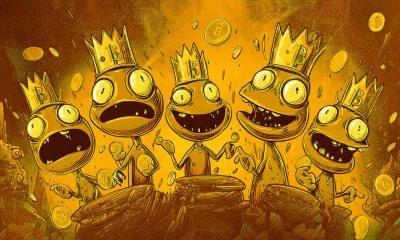
 others1 week ago
others1 week agoGalaxy Executive Predicts That US Government Will Accumulate Bitcoin This Year To Boost BTC Strategic Reserve – Crypto News
-
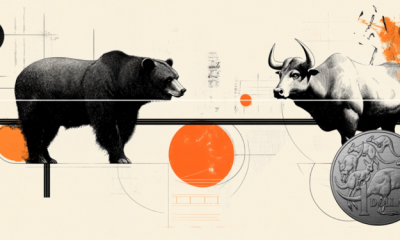
 others1 week ago
others1 week agoAustralian Dollar holds steady near 0.6400 despite renewed USD strength – Crypto News
-
Technology1 week ago
Ethereum Price Reverse Below $1,700 as Galaxy Digital Dumps $106M ETH for Solana – Crypto News
-
Cryptocurrency1 week ago
Over $120 Million Chainlink Exit Exchanges, What Is Happening? – Crypto News
-

 Technology1 week ago
Technology1 week agoGrayscale moves to convert Digital Large Cap Fund into ETF – Crypto News
-
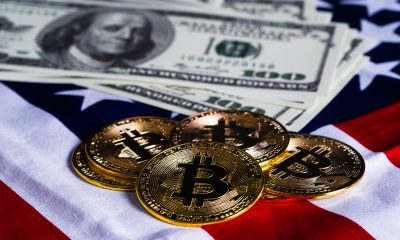
 Cryptocurrency1 week ago
Cryptocurrency1 week agoColorado sees just 80 crypto tax payments in 3 years – Crypto News
-

 Blockchain7 days ago
Blockchain7 days agoBitcoin Regains $90K With Funding Rates Indicating Momentum Toward $93K – Crypto News
-

 Cryptocurrency7 days ago
Cryptocurrency7 days agoWill Litecoin hit $100? Trump’s tariff pause, ETF hopes fuel debate – Crypto News
-

 Cryptocurrency7 days ago
Cryptocurrency7 days agoMight and Magic makes crypto comeback as TCG from Ubisoft, Immutable – Crypto News
-

 Cryptocurrency6 days ago
Cryptocurrency6 days agoBitcoin Miner Riot Platforms Gets $100M Credit Facility From Coinbase – Crypto News
-

 others6 days ago
others6 days agoXRP, Solana, DOGE and Others Among 72 Different ETF Applications Waiting for SEC Approval: Report – Crypto News

